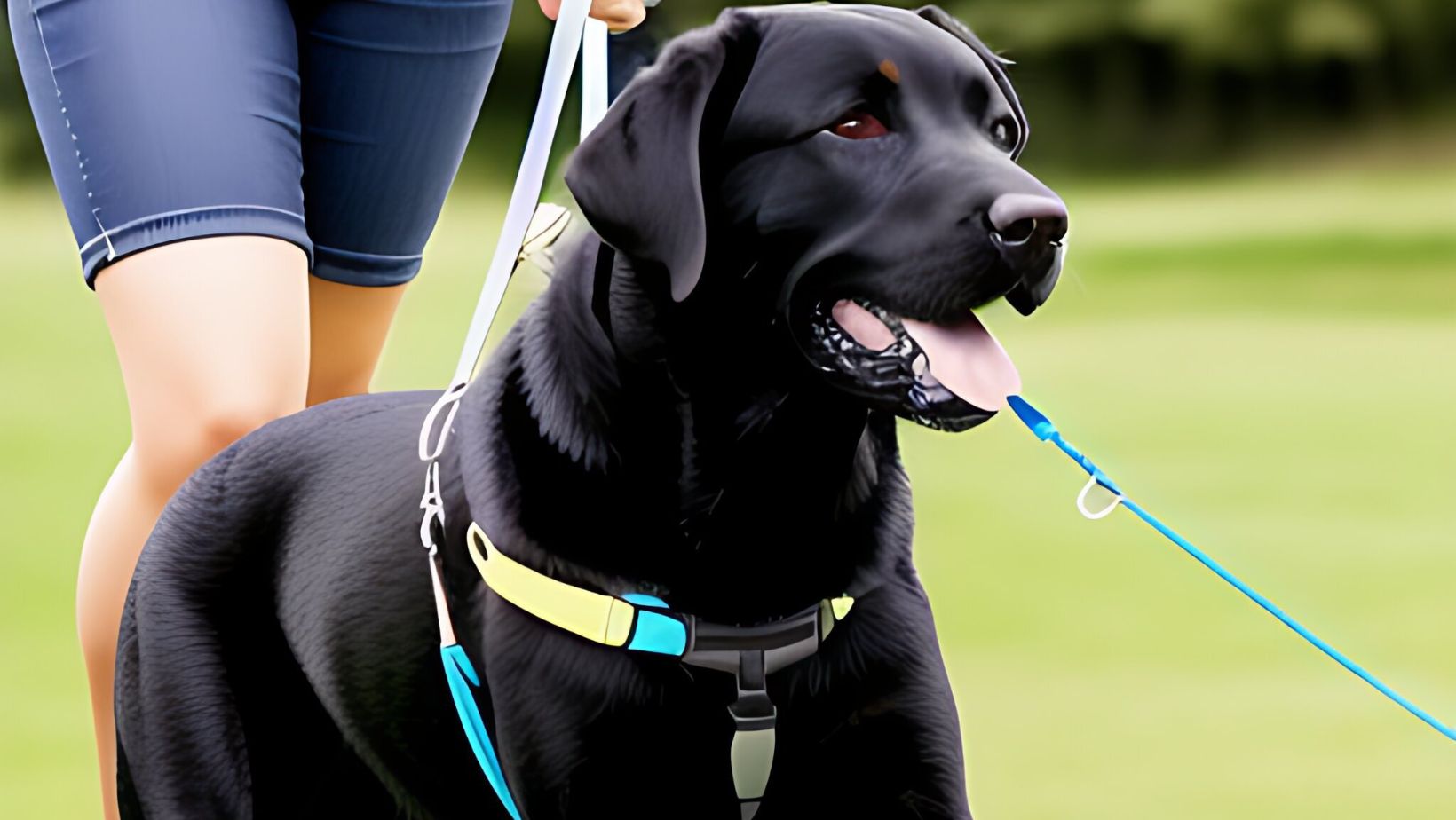How to Stop Puppy from Biting You
Are you struggling with a Labrador puppy that just won’t stop biting? Trust me, I’ve been there. Those sharp little teeth can definitely leave their mark. But fear not, because in this article, I’ll share some effective strategies on how to stop your Labrador puppy from biting.
First and foremost, it’s important to understand that biting is a natural behavior for puppies. They explore the world around them using their mouths, just like human babies do with their hands. However, it’s crucial to teach them appropriate manners and redirect their biting tendencies.
Providing Appropriate Chew Toys for Your Labrador
Labradors are known for their playful and energetic nature, and one common challenge that many Labrador owners face is dealing with their puppy’s biting behavior. Fortunately, providing appropriate chew toys can help redirect their chewing instincts in a positive way. In this section, I’ll share some tips on selecting the right chew toys for your Labrador.
- Opt for Durable Toys: Labradors have strong jaws and love to chew vigorously. Look for durable toys made from tough materials like rubber or nylon that can withstand their enthusiastic chewing sessions. Avoid toys that are too soft or flimsy as they may quickly get destroyed and become a choking hazard.
- Size Matters: Choose chew toys that are appropriately sized for your Labrador. Toys that are too small may pose a choking risk, while those that are too big may be difficult for your pup to grip comfortably. Pick toys that allow them to gnaw without straining their jaw or causing any discomfort.
- Texture Variety: Labradors enjoy exploring different textures with their mouths, so offer a variety of chew toys with different surfaces such as ridges, bumps, and knobs. This will keep them engaged and satisfy their natural urge to investigate and gnaw on objects.
- Interactive Treat Dispensers: Consider using interactive treat-dispensing toys to keep your Labrador mentally stimulated while satisfying their need to chew. These types of toys require the dog to work out how to extract treats from hidden compartments, providing both entertainment and dental benefits.
- Rotate Toys Regularly: To prevent boredom, rotate the available chew toys regularly so that your Labrador doesn’t lose interest in them over time. Introducing new textures, shapes, or scents will keep them engaged and excited about their toy collection.
Remember to supervise your puppy during playtime with chew toys to ensure they use them appropriately without causing any harm or swallowing small pieces accidentally. If you notice any signs of wear and tear on the toys, replace them promptly to avoid any potential hazards.
By providing appropriate chew toys for your Labrador, you can redirect their biting behavior onto safe and enjoyable objects while promoting healthy dental hygiene. Experiment with different toy options to find what suits your pup’s preferences best, and remember that patience and consistency are key when training them to use chew toys effectively.
Using Positive Reinforcement Training Techniques for Teaching a Labrador Puppy Not to Bite
Labrador puppies are known for their playful nature, but sometimes their playfulness can escalate into biting behavior. As a responsible pet owner, it’s essential to teach your Labrador puppy not to bite using positive reinforcement training techniques. This approach focuses on rewarding good behavior instead of punishing undesirable actions.
- Start with Socialization: Introduce your puppy to different people and other dogs from an early age. This exposure helps them learn appropriate social behaviors and reduces the likelihood of aggressive or excessive biting later on.
- Use Reward-Based Training: When your Labrador puppy displays gentle play or refrains from biting altogether, reward them immediately with treats, praise, or a favorite toy. Positive reinforcement reinforces the idea that not biting leads to pleasant experiences.
- Redirect Their Behavior: If your puppy starts nipping or play-biting during interactions, redirect their attention towards appropriate chew toys or interactive games that encourage gentler play. This way, they learn that chewing on toys is more rewarding than biting human hands.
- Consistency is Key: Be consistent in your approach by responding the same way every time your puppy bites too hard. Avoid rough play that may encourage biting and never use physical punishment as it can create fear and aggression in puppies.
- Teach “Leave It” and “Drop It” Commands: These commands are valuable tools for managing biting behavior in Labradors. Teach them how to let go of objects when instructed and reward compliance with treats or praise.
Remember, patience is crucial when training any dog breed, including Labradors. It takes time for puppies to understand what behaviors are acceptable versus unacceptable. Stay committed to positive reinforcement techniques, be consistent in your approach, and soon enough you’ll see progress in curbing unwanted biting habits.
